Solar panels in space play a crucial role in powering satellites, space probes, and the International Space Station (ISS). Due to the absence of atmospheric interference and the constant exposure to sunlight, space is an ideal environment for harnessing solar energy. Here are some key points about solar panels in space:
Power Generation
Solar panels in space generate electricity by converting sunlight into usable energy. Photovoltaic (PV) cells, typically made of semiconductor materials like silicon, are used to capture the photons from the Sun and generate an electric current. The power generated by the solar panels is used to operate onboard systems, charge batteries, and provide continuous power supply to space missions.
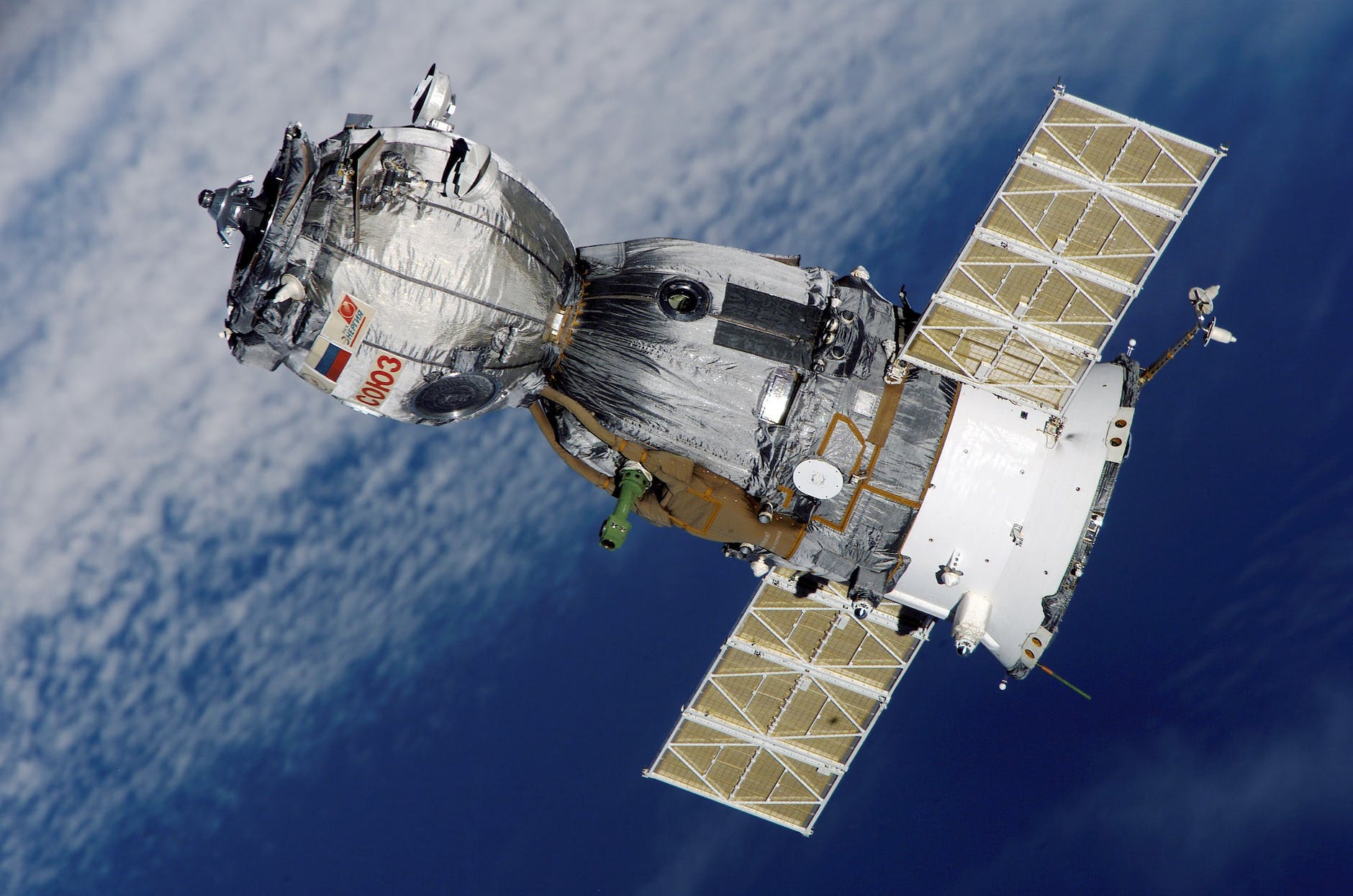
Satellites are provided power from the solar panels
Efficiency
Space-based solar panels have a higher efficiency compared to their terrestrial counterparts. The absence of atmospheric effects such as cloud cover and air pollution allows the panels to receive a more consistent and concentrated solar energy input. This results in improved conversion efficiency and higher power output per unit area.
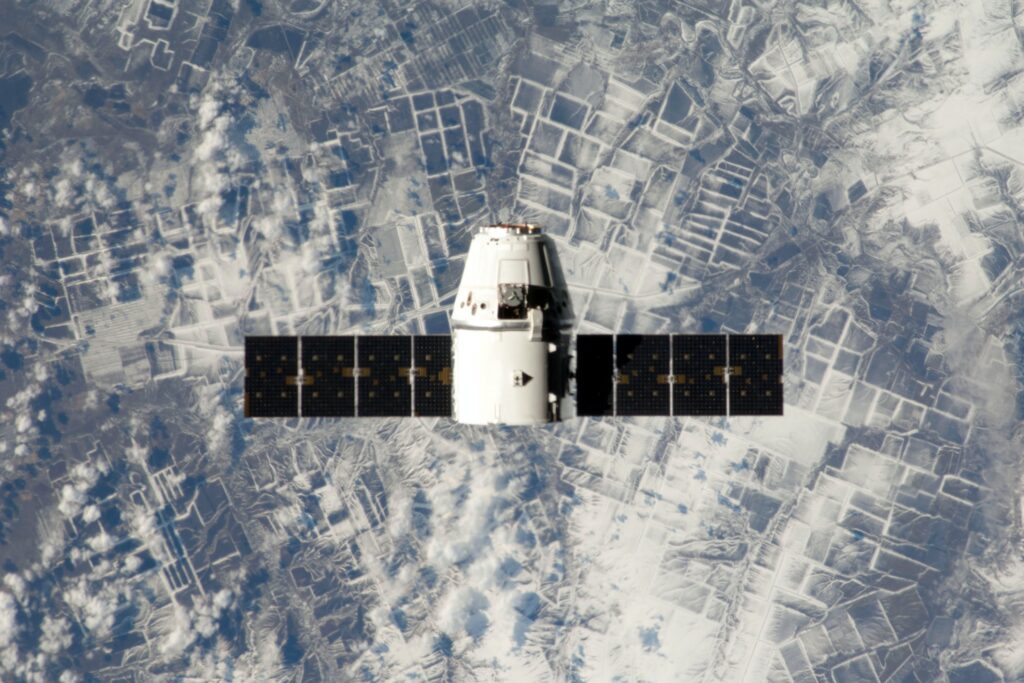
Space based solar panels are more efficient
Orbital Considerations
Solar panels in space are designed to withstand the harsh conditions of the space environment. They must be durable enough to withstand extreme temperature variations, radiation, micro-meteoroids, and the vacuum of space. Flexible solar arrays or rigid panels with protective coatings are commonly used to ensure longevity and performance in orbit.
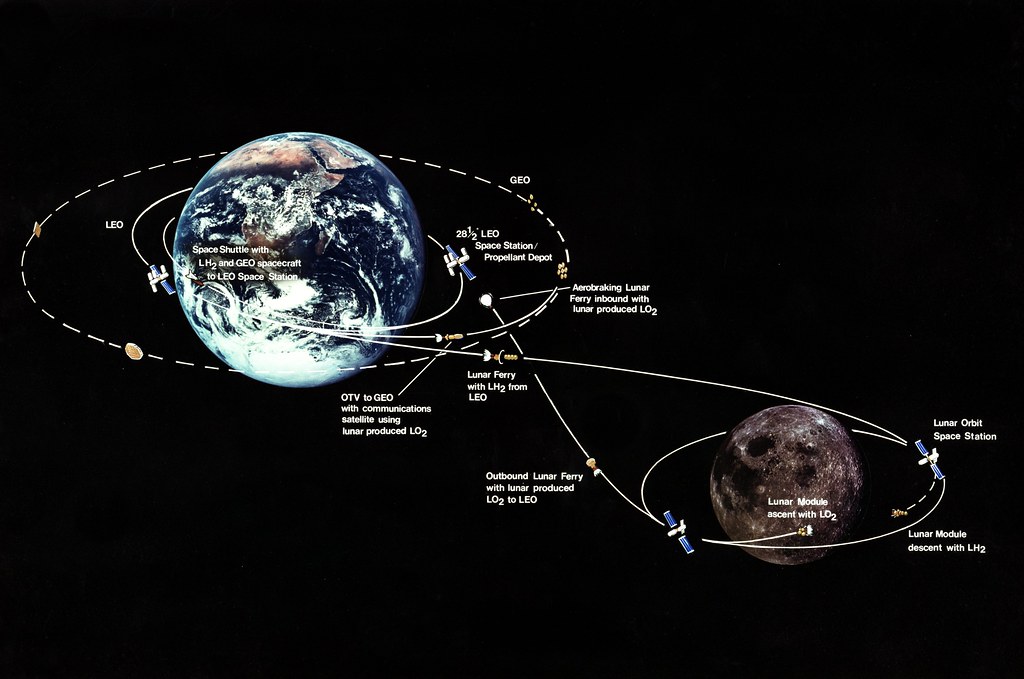
Satellites in orbit around the earth faces extreme exposure to radiations, meteors & temperature & vacuum
Tracking the Sun
To maximize energy generation, solar panels in space are often equipped with mechanisms that track the Sun’s position. This allows the panels to maintain an optimal orientation relative to the Sun and capture sunlight at the most favorable angles throughout the day. By continuously aligning with the Sun, the panels can maximize energy production even as the spacecraft orbits the Earth or travels through the solar system.

Scientists developing Sun Tracking Systems for the Space Solar Arrays
Space-Based Power Stations
In recent years, there have been proposals to develop large-scale solar power stations in space. These stations, often referred to as space-based solar power (SBSP) systems, would involve the deployment of extensive arrays of solar panels in orbit around the Earth. The generated solar energy would then be converted into microwaves or laser beams and transmitted back to Earth, where it would be received by ground-based stations for distribution to power grids.
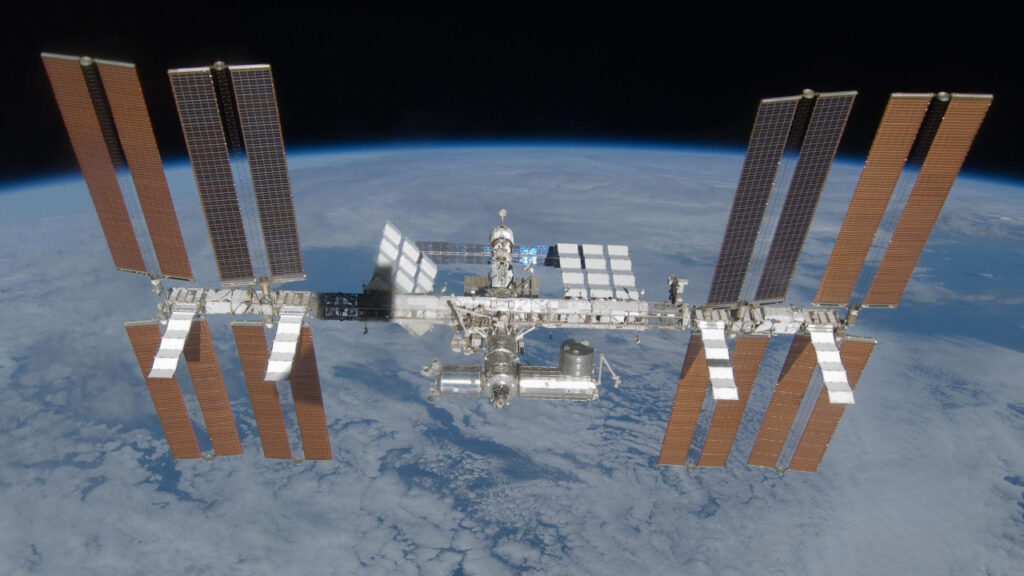
Space Based Power Station
ISS and Beyond
The International Space Station is a prime example of how solar panels provide power for long-duration human space missions. The ISS has multiple solar arrays that provide electricity to support onboard systems and experiments. As humanity looks toward deep space exploration, solar power will likely continue to be a key component of spacecraft power systems, enabling missions to distant planets and beyond.

Astronaut repairing solar panels in ISS
Solar panels in space have revolutionized the way we generate power for space missions. Their high efficiency, durability, and ability to operate in the harsh space environment make them an indispensable component of satellite and spacecraft power systems. As technology advances, the use of solar power in space is expected to expand further, supporting our endeavors in exploring and understanding the universe.
Thank you for reading this post, don't forget to subscribe our Youtube Channel.

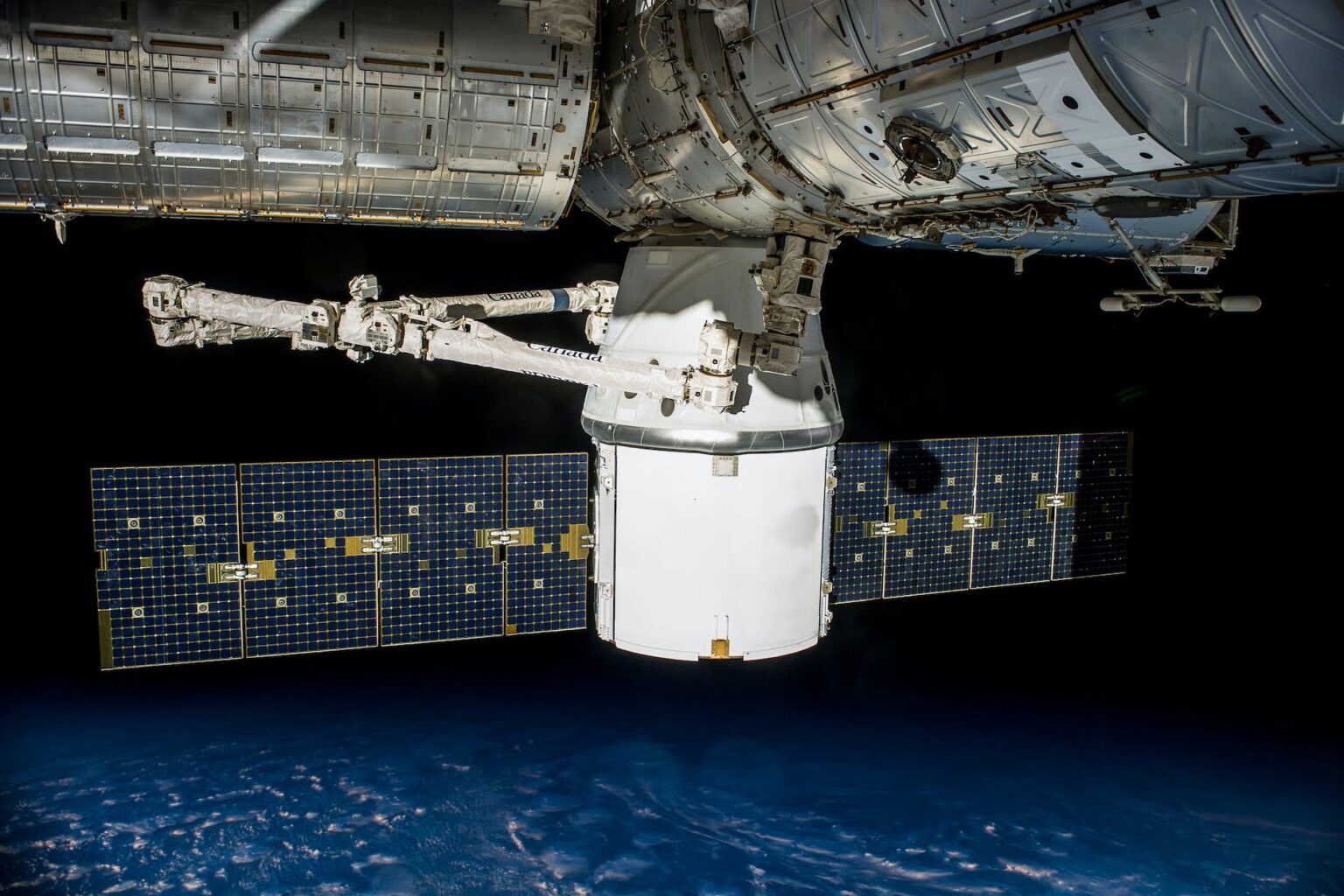
Best vie i have ever seen !
Please visit us at Mach34 Aerospace
You can follow our telegram channel here.
Best vie i have ever seen !
Please visit us at Mach34 Aerospace